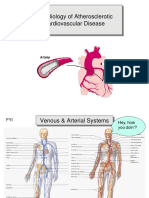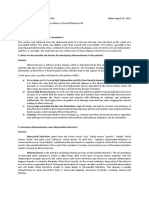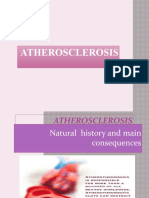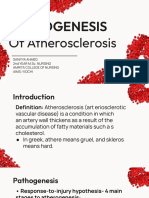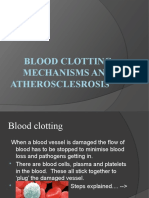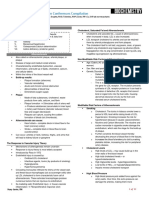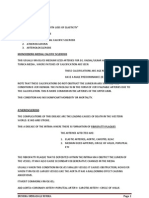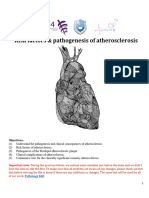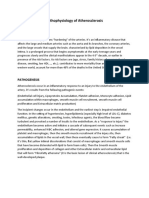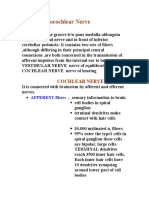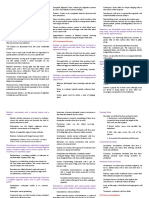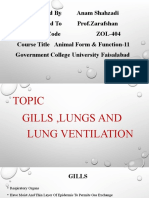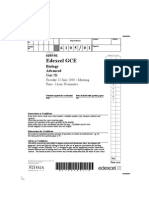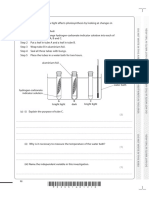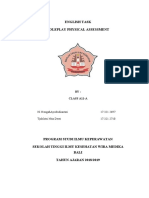0% found this document useful (0 votes)
67 views26 pagesPathophysiology of Atherosclerosis 1
Atherosclerosis is a thickening and hardening of the arterial walls due to plaque buildup. It is caused by endothelial injury and accumulation of cholesterol in the arteries which leads to inflammation and scarring over time. The major complications are heart attacks and strokes from reduced blood flow. Risk factors include age, sex, genetics, hypertension, high cholesterol, smoking, and diabetes.
Uploaded by
jackCopyright
© © All Rights Reserved
We take content rights seriously. If you suspect this is your content, claim it here.
Available Formats
Download as PPT, PDF, TXT or read online on Scribd
0% found this document useful (0 votes)
67 views26 pagesPathophysiology of Atherosclerosis 1
Atherosclerosis is a thickening and hardening of the arterial walls due to plaque buildup. It is caused by endothelial injury and accumulation of cholesterol in the arteries which leads to inflammation and scarring over time. The major complications are heart attacks and strokes from reduced blood flow. Risk factors include age, sex, genetics, hypertension, high cholesterol, smoking, and diabetes.
Uploaded by
jackCopyright
© © All Rights Reserved
We take content rights seriously. If you suspect this is your content, claim it here.
Available Formats
Download as PPT, PDF, TXT or read online on Scribd
/ 26


